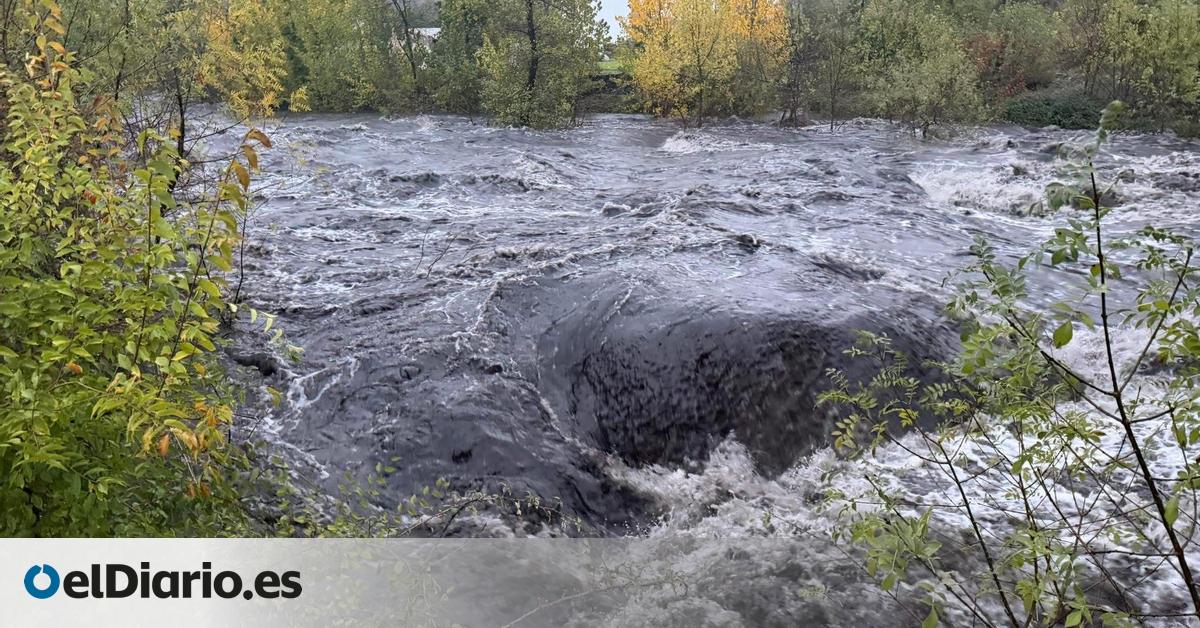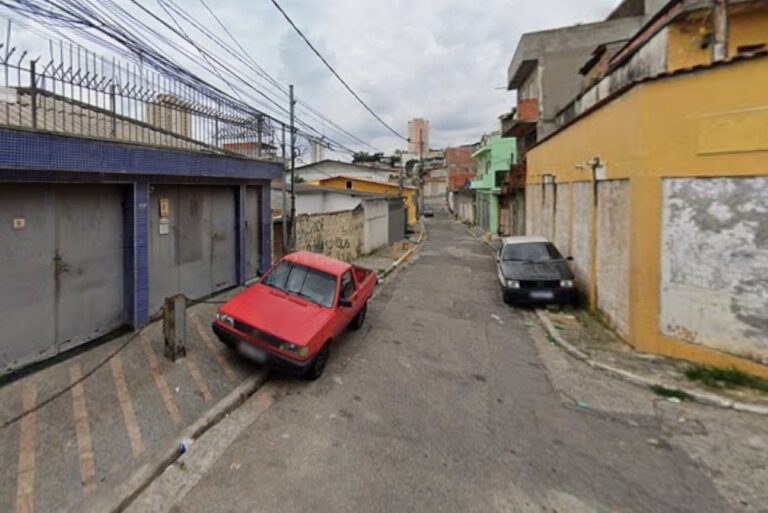
The City of Placencia (population 39,829) has activated Level 1 of its water emergency response plan. This follows a recommendation from the city council that residents not consume tap water for drinking, cooking or brushing their teeth. That’s because heavy rains in recent days have washed away ash and organic matter from severe fires in northern Extremadura last August.
The Council reported this Saturday afternoon that the analysis carried out detected changes in several analysis parameters that affect suitability for direct consumption. Specifically, values such as pH, turbidity, and organic loading have changed, complicating the treatment process at drinking water treatment stations.
As the City Council indicated in a statement, Mayor Fernando Pizarro and Environment Councilor José María Niza maintain permanent collaboration with the Public Health Agency, Water UTE, the Environmental Health Center of the Extremadura Regional Health Service and the City Crisis Cabinet.
Additionally, communication channels with housing, educational centres, industry and hotel facilities have been strengthened to ensure alternative supplies if necessary.
“We are working with full transparency and predictability. Today’s measures allow us to predict the behavior of the water and protect the population. Once we move to level 2, the response will already be prepared,” Nisa said.
This rain has already caused problems in some towns in the Jerte Valley and Las Fuldes, precisely due to the ash and organic matter dragged in from the fires, but the Extremadura government has minimized the problem despite numerous criticisms from residents of towns such as Villar de Placencia, Oliva de Placencia, Cabezuela del Valle, and Casas del Monte.
The Cáceres regional council has provided drinking water tanks to each municipality, and regional secretary and PSOE candidate Miguel Ángel Gallardo called for a session of the permanent regional council (which was dissolved by election) so that president and PP candidate María Guardiola “can explain the management carried out in northern Extremadura after the fire.” However, the military government emphasized that: Images of rivers and valleys with trailing ash and black water flowing were described as a “visually significant but temporary” phenomenon.



